Tag: mechanical ventilation

Critical Care Opioids Impact in the 21st Century
Critical Care is impacted by opioids in multiple ways. Not only do they form the backbone of managing pain and sedation in the intensive care unit (ICU), the burgeoning opioid epidemic also feeds into opioid-related ICU admissions.... read more
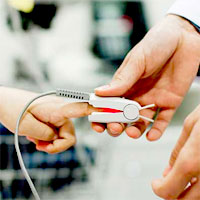
Pulse oximeter as a sensor of fluid responsiveness: do we have our finger on the best solution?
Additional studies – including volume challenge – are mandatory if we are to determine whether respiratory variation in pulse oximetry really can predict volume responsiveness in mechanically ventilated patients without... read more
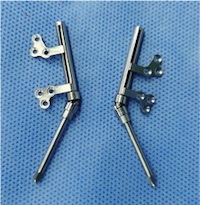
Optimal Duration of Mechanical Ventilation and Influencing Factors Following Mandibular Distraction Osteogenesis in Infants
Mandibular distraction osteogenesis (MDO) is an effective treatment for tongue-based airway obstruction in infants with severe Pierre Robin sequence (PRS). Most infants receiving MDO require postoperative mechanical ventilation... read more
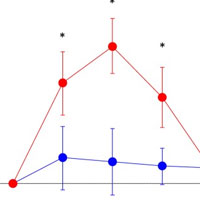
Impact of Natural Light Exposure on Delirium Burden in Adult Patients Receiving Invasive Mechanical Ventilation in the ICU
Admission to a single room with potential exposure to natural light via windows was not associated with reduced delirium burden, as compared to admission to a single room without windows. However, natural light exposure was... read more

Sedation and Analgesia in the ICU
Sedation and analgesia have high importance in patient-centered care. Patients in the ICU are seriously ill and often suffer from anxiety, agitation, and pain. There is sometimes a need to use deep and prolonged sedation,... read more
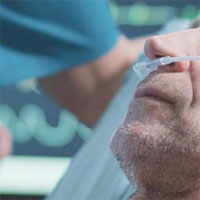
High Flow Nasal Cannula Benefits and Pitfalls
Emergency physicians should be familiar with the benefits and pitfalls of high-flow nasal cannula (HFNC). HFNC is well tolerated by patients, and its use contributes to superior outcomes for patients with pure hypoxemic... read more

Differential Gene Expression in Peripheral White Blood Cells with Permissive Underfeeding and Standard Feeding in Critically Ill Patients
The effect of short-term caloric restriction on gene expression in critically ill patients has not been studied. In this sub-study of the PermiT trial, we examined gene expression patterns in peripheral white blood cells... read more

Mechanical Ventilation in Patients with Acute Ischemic Stroke
Although there are no specific data regarding the effect of respiratory management on stroke patients' outcomes, specific ventilator strategies in this population could potentially improve neurologic outcome and prevent respiratory... read more

Economic Evaluation of a Patient-Directed Music Intervention for ICU Patients Receiving Mechanical Ventilatory Support
Music intervention has been shown to reduce anxiety and sedative exposure among mechanically ventilated patients. The aim of this study was to examine ICU costs for patients receiving a patient-directed music intervention... read more
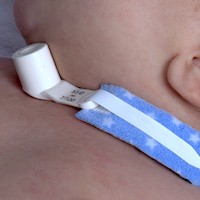
Timing of Tracheostomy in Pediatric Patients
In children on mechanical ventilation, early tracheostomy may improve important medical outcomes. However, our data demonstrate the urgent need for high-quality, randomized controlled trials in the pediatric population. Data... read more

PICU Up! A Multicomponent Early Mobility Intervention for Critically Ill Children
Pediatric intensive units traditionally have had a culture where critically ill children are intubated and mechanically ventilated, immobilized, and highly sedated. This practice is primarily driven by a focus on safety... read more
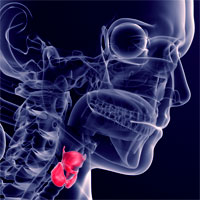
Post-extubation Dysphagia
Despite having the tools and techniques for tracheal intubation for > 4000 years, and performing oral intubation with positive pressure mechanical ventilation for > 50 years, only recently has attention focused on... read more
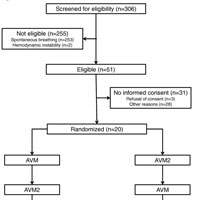
Adaptive Mechanical Ventilation with Automated Minimization of Mechanical Power
Adaptive mechanical ventilation with automated minimization of inspiratory power may lead to more lung-protective ventilator settings when compared with adaptive mechanical ventilation according to Otis' equation. Comparing... read more

Serum Creatinine in the Critically Ill Patient With Sepsis
A 73-year-old man underwent esophageal resection for cancer. He had a history of hypertension that was treated with an angiotensin receptor blocker. Preoperative estimated glomerular filtration rate (GFR) was 98 mL/min/1.73... read more








